The Essential Acceptance & Commitment Therapy Online Course – DANIEL J MORAN (Online Course)
Description:
The transdiagnostic, “third wave,” Acceptance & Commitment Therapy (ACT) approach is exploding in popularity — because it gets results.
This popular and empirically validated approach weaves mindfulness and cognitive behavioral strategies together to revolutionize client outcomes — making it an ideal solution for working with challenging clients struggling with anxiety, PTSD, depression, personality disorders and more.
And now you can learn how to apply this powerful approach with this comprehensive, self-paced online course.
Register today and you’ll join two of today’s leading ACT instructors Michael C. May, MA, LCPC, and Daniel Moran, Ph.D., BCBA-D, as they guide you through easy-to-follow ACT exercises and interventions that you can start using with your very next client.
Don’t wait… Thousands of practitioners have already discovered the power of ACT.
Register for this new self-paced online course and get the skills you need to revolutionize your clinical outcomes.
By mastering Acceptance & Commitment Therapy, you will help your clients create lives full of meaning — based on their values. And with this intensive online training, you’ll discover exactly how to…
-
- Integrate easy-to-use ACT exercises & interventions into your practice — immediately.
-
- Improve treatment outcomes for difficult-to-treat clients struggling with anxiety, depression, PTSD, personality disorders, substance use, and more.
-
- Increase client willingness and engagement using ACT principles as you guide your clients towards making meaningful behavioral changes.
- Radically transform your ability to conduct clinical assessments with the Inflexahex diagnostic model.
-
- Reduce burnout; walk into sessions feeling grounded, secure, knowledgeable, and ready to engage with new ACT exercises and interventions.
-
- Increase confidence in your clinical work AND free up time in your day by reducing the amount of time you spend preparing for sessions.
- Become the clinician who is able to take on difficult clients as you get lifetime access to a new theoretical approach, an entirely new arsenal of tools that will enhance your work, and so much more!
ACT Foundations: What You Need to Know
- Context: Why it is Fundamental to ACT
- How to determine the functional purpose of behavior
- What is language: Relational Frame Theory
- The source of psychological suffering
- The ACT model of psychopathology
- Experiential avoidance, cognitive fusion & the toxic cycle
- Psychological Flexibility: What it is & why it’s important
- The Inflexahex diagnostic model
- Limitations of the research & potential risks
Acceptance: Combat Experiential Avoidance
- What is “acceptance” in ACT?
- Experiential avoidance: The “Control Agenda”
- Client control over unwanted thoughts & feelings
- How to confront the control agenda
- Interventions for fostering acceptance
- Acceptance Exercises: The “Unwanted Party Guest;” “Barriers to Writing”
Defusion: Break Down Thoughts as Barriers
- The problem with cognitive fusion
- Weaken unworkable language functions
- Should thoughts always control behavior?
- Build an environment of defusion within session
- Strategies for building defusion skills
- Defusion Exercise: “Having vs Believing” our thoughts
Self-As-Context: Aid Clients in Distancing Themselves from Their Thoughts
- What is self-as-context?
- Self-as-content vs. self-as-context
- Mitigate attachment to the conceptualized self
- Help clients understand self-as-context
- Interventions to foster self-as-context
- Self-As-Context Exercise: The “observer self”
Contact with the Present Moment: Mindfulness Strategies to Reduce Worry about the Past & Future
- Mindfulness: A core feature of all human psychopathology
- What “mindfulness” means in ACT
- The goal of mindfulness practice in ACT
- How to train mindfulness with flexibility
- Overcome obstacles in teaching mindfulness
- Address relaxation-induced panic
- Formal & informal mindfulness interventions
- Contact with the Present Moment Exercise: Mindfulness without Meditation
Values: Guide Clients in Identifying & Clarifying What Matters
- The importance of values in ACT
- How values can be transformative in human behavior
- Values & goals
- How to evoke values from clients
- From instant gratification to pursuit of values
- Values Clarification Exercise: The Eulogy
Committed Action: Establish Values-Consistent Patterns of Behavior
- The relationship between values & committed action
- What’s considered committed action?
- Address persistent inaction, impulsivity or avoidance
- Interventions
- Exposure-based approaches
- Behavioral activation strategies
- Social-skills training interventions
- Problem-solving barriers to committed action
- Behavioral homework
- Case Study: Engaging in committed action with depression
with Daniel J. Moran, PhD, BCBA-D
In Part 2, Daniel J. Moran, PhD, BCBA-D, will expand your ACT foundations to show you how to easily weave mindfulness with cognitive-behavioral change strategies to enhance ACT techniques with clients who are struggling with PTSD, anxiety, depression and personality disorders.
The ACT Model
- Pain vs. suffering
- Language as a double-edged sword
- Goal: Psychological flexibility
- Limitations of the research & potential risks
How to Foster Client Acceptance of Emotions
- How to sidestep the happiness trap
- Spot common phrases of non-acceptance
- How to help clients understand acceptance
- Experiential Exercise: The finger trap
How to Change the Way Clients Interact with Their Thoughts
- Give clients skills to notice their thoughts
- How to decrease believability of unhelpful thoughts
- Experiential Exercise: Notice the meaning of language
How to Help Aid Clients in Establishing Their Identities
- How to describe the “observer self” to clients
- How to distance the self from thoughts & emotions
- Using the chess board metaphor
- Experiential Exercise: ”I am” exercise
The Strategies You Need to Build Attention to the Here & Now
- How language affects mindfulness
- ThoughtFit exercises
- Obstacles in teaching mindfulness
- Experiential Exercise: Mindfulness meditation
How to Help Clients Determine What Gives Life Meaning
- How to help clients author their values
- Values vs. goals
- What to do when clients are “stuck”
- Batteries exercise
- Epitaph exercise
How to Assist Clients in Behaving in the Service of Chosen Values
- Address rule-governed behavior
- Exposure & ritual prevention strategies
- The Mindful Action Plan
ACT in Action
PTSD
- Function of trauma symptoms
- Experiential avoidance in PTSD
- Increase psychological safety
- Dominating concepts of the past & future
- Trauma-informed mindfulness exercises
Anxiety
- Client avoidance & escape strategies
- Assessment tools
- Address reason-giving as a barrier
- Strategies to increase willingness
- Anxiety Detector exercise
Depression
- Values contradiction
- How experiential avoidance impacts depression
- Fusion to the damaged conceptualized self
- Behavioral activation strategies
Personality Disorders
- Coping strategies
- Increase emotional tolerance
- Target the client’s story
- Experiential avoidance from the therapist
NLP online course
So what is NLP?
NLP stands for Neuro-Linguistic Programming. Neuro refers to your neurology;
Linguistic refers to language; programming refers to how that neural language functions.
In other words, learning NLP is like learning the language of your own mind!
NLP is the study of excellent communication–both with yourself, and with others.
It was developed by modeling excellent communicators and therapists who got results with their clients.
NLP is a set of tools and techniques, but it is so much more than that.
It is an attitude and a methodology of knowing how to achieve your goals and get results.
Preview Information:
Original Page
Archive Page
More Course: NLP – HYPNOSIS – PHILOSOPHY
Outstanding Course:Tele-Play Therapy – Tammi Van Hollander (Digital Seminar)


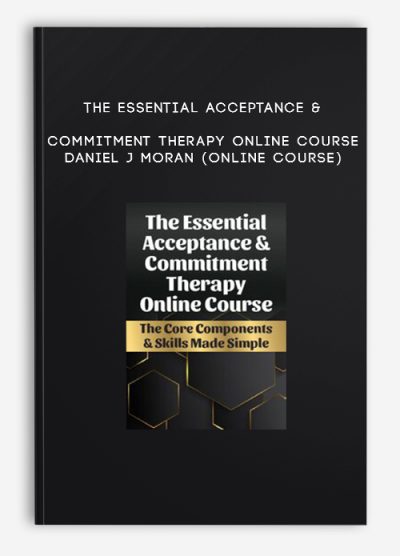
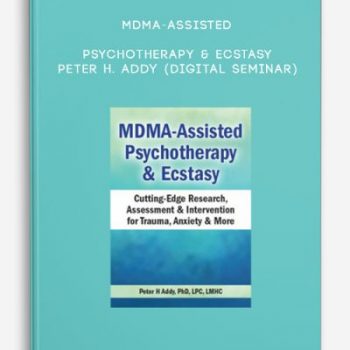
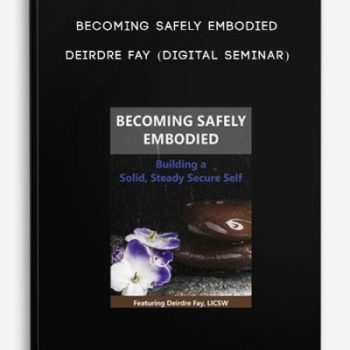
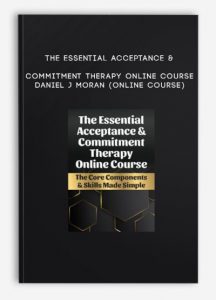
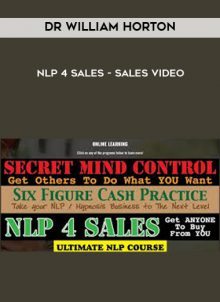

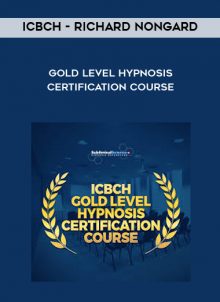

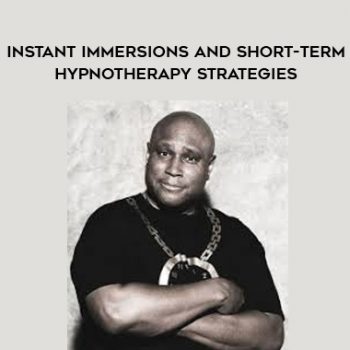



Lord –
This is Digital Download service, the course is available at Vincourse.com and Email download delivery.